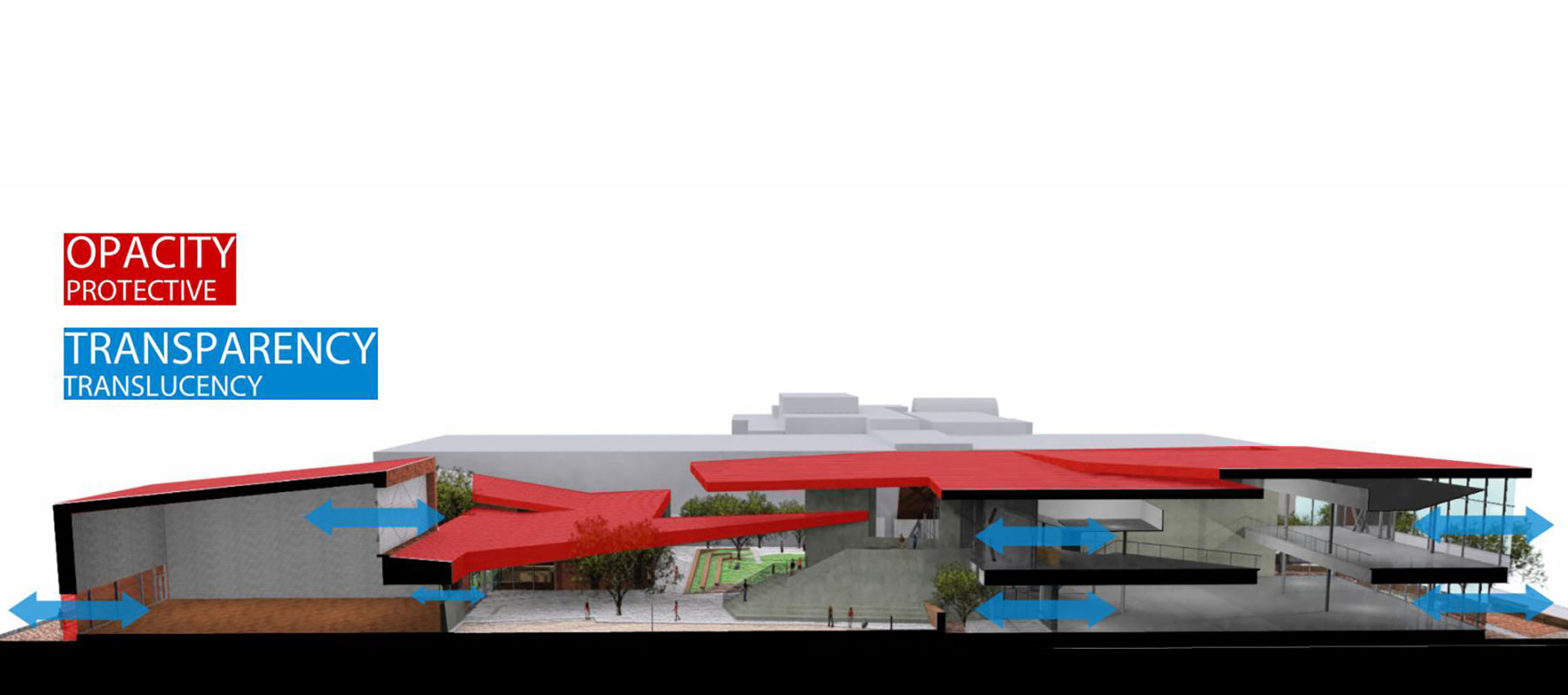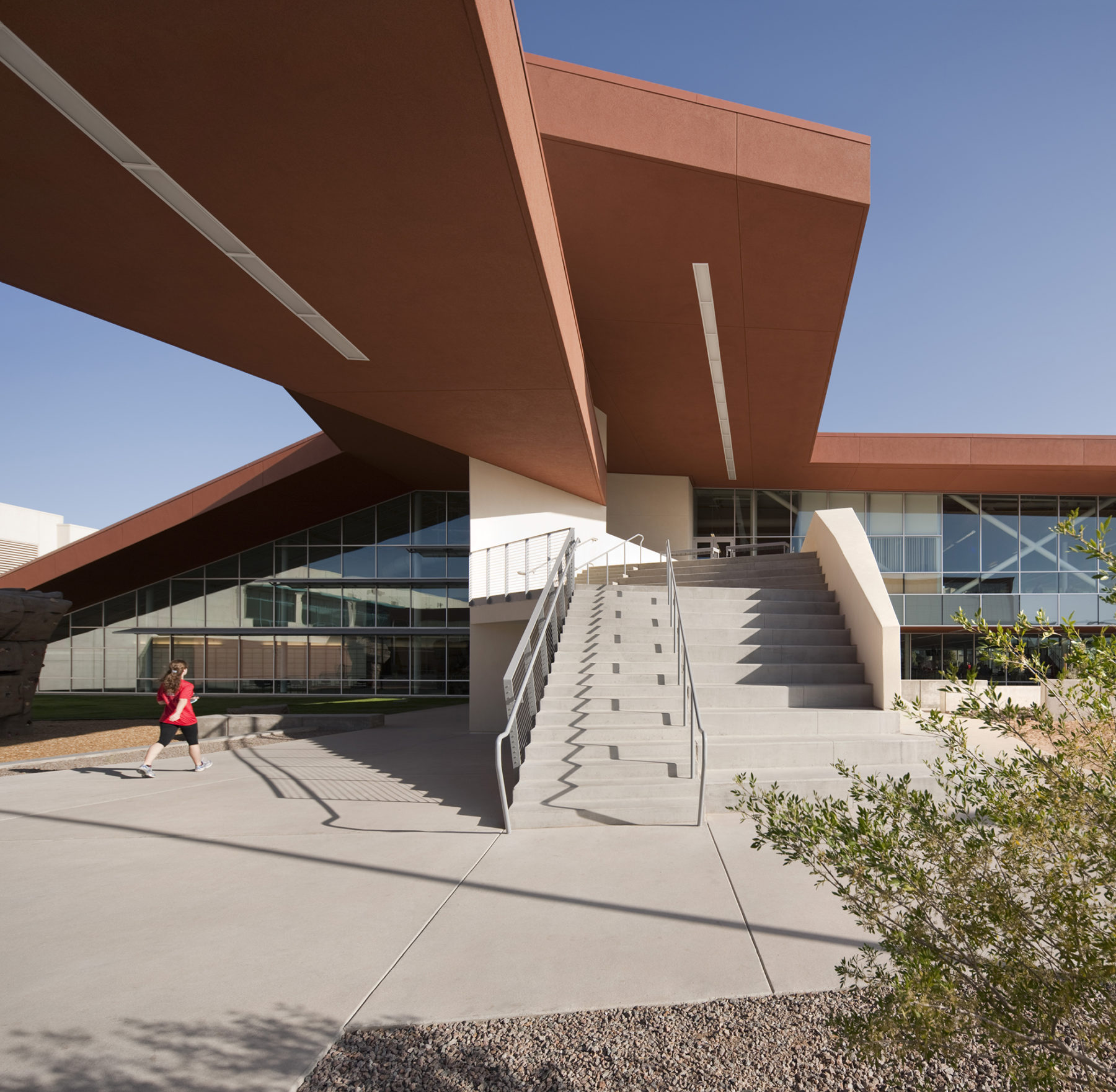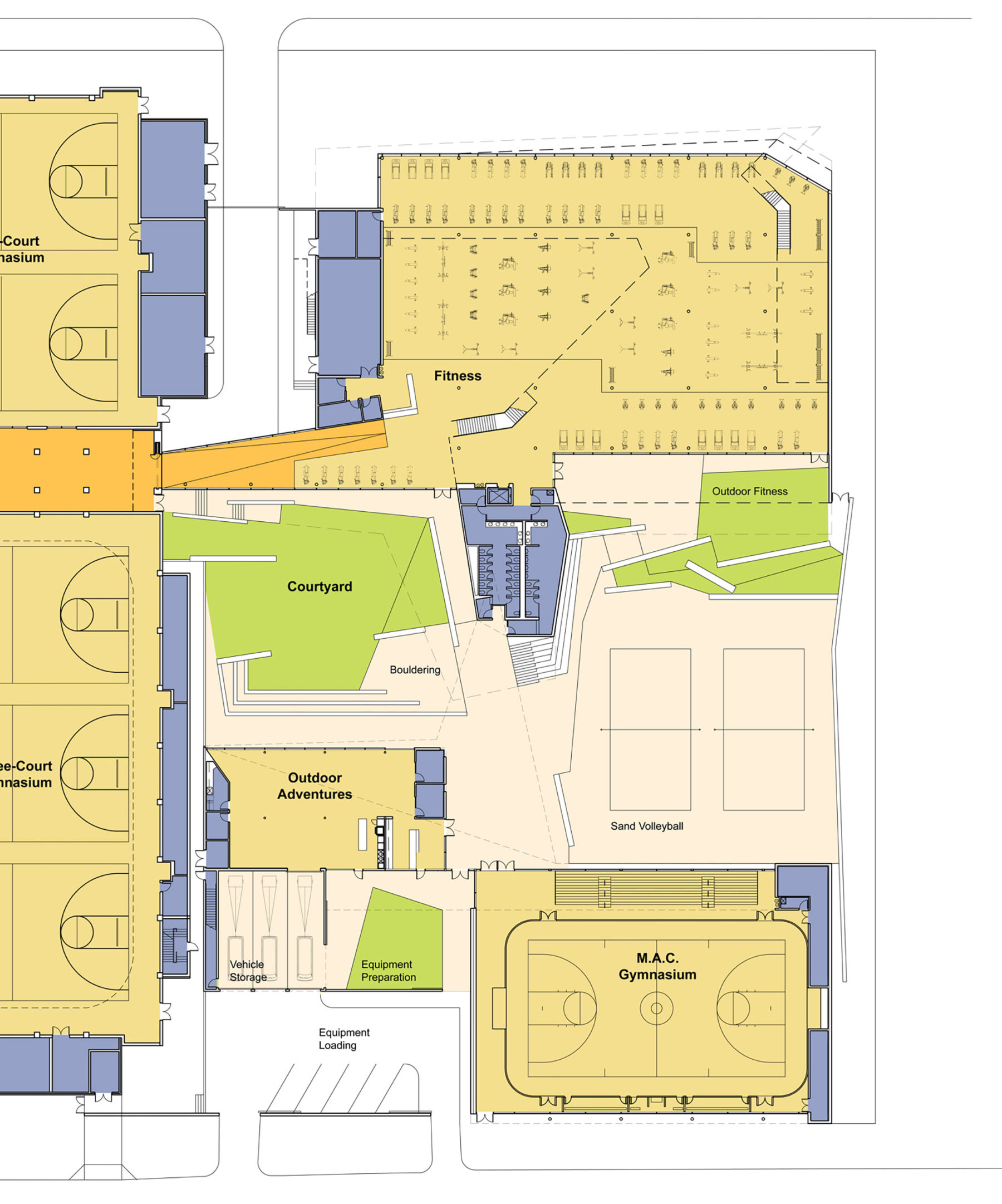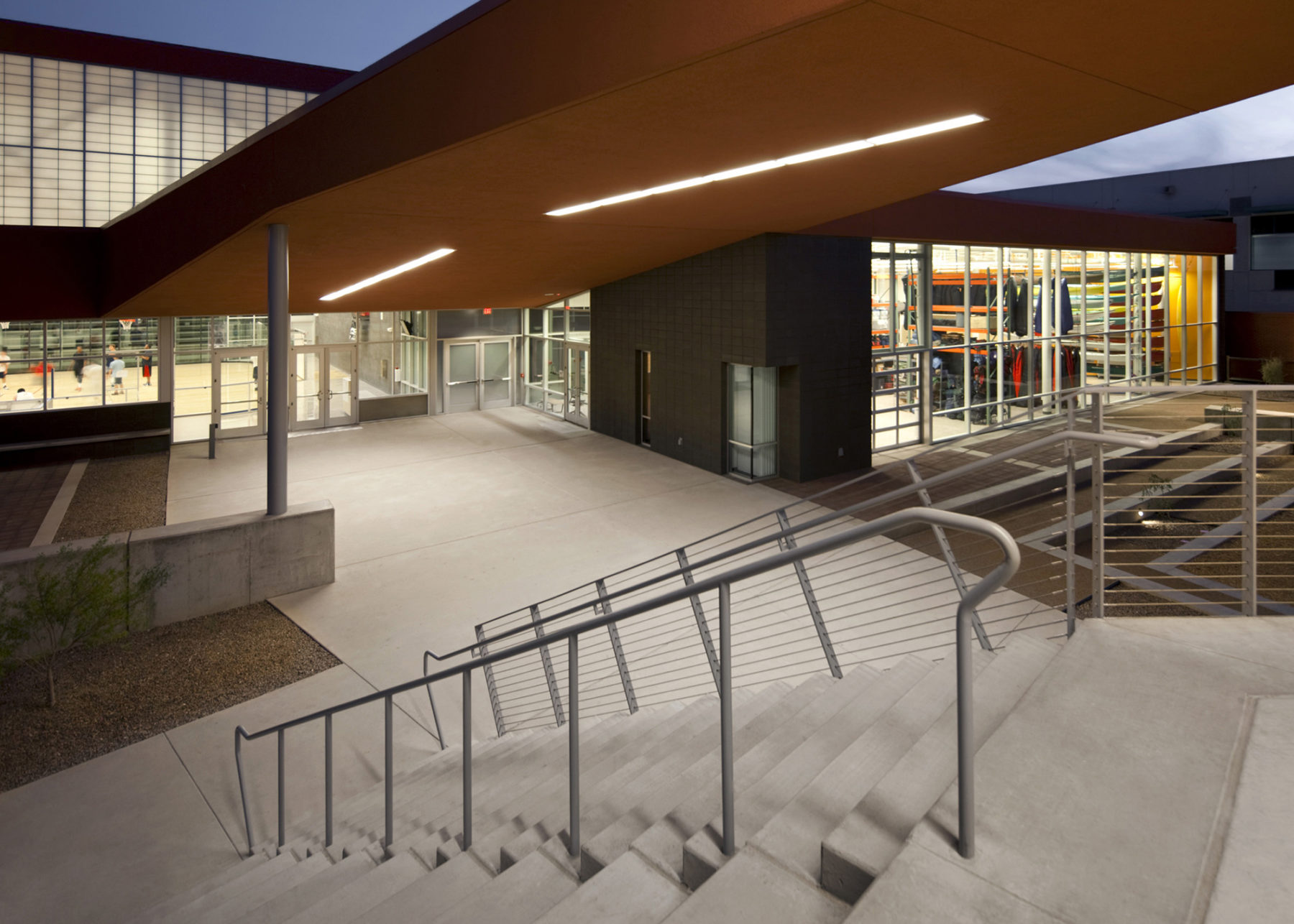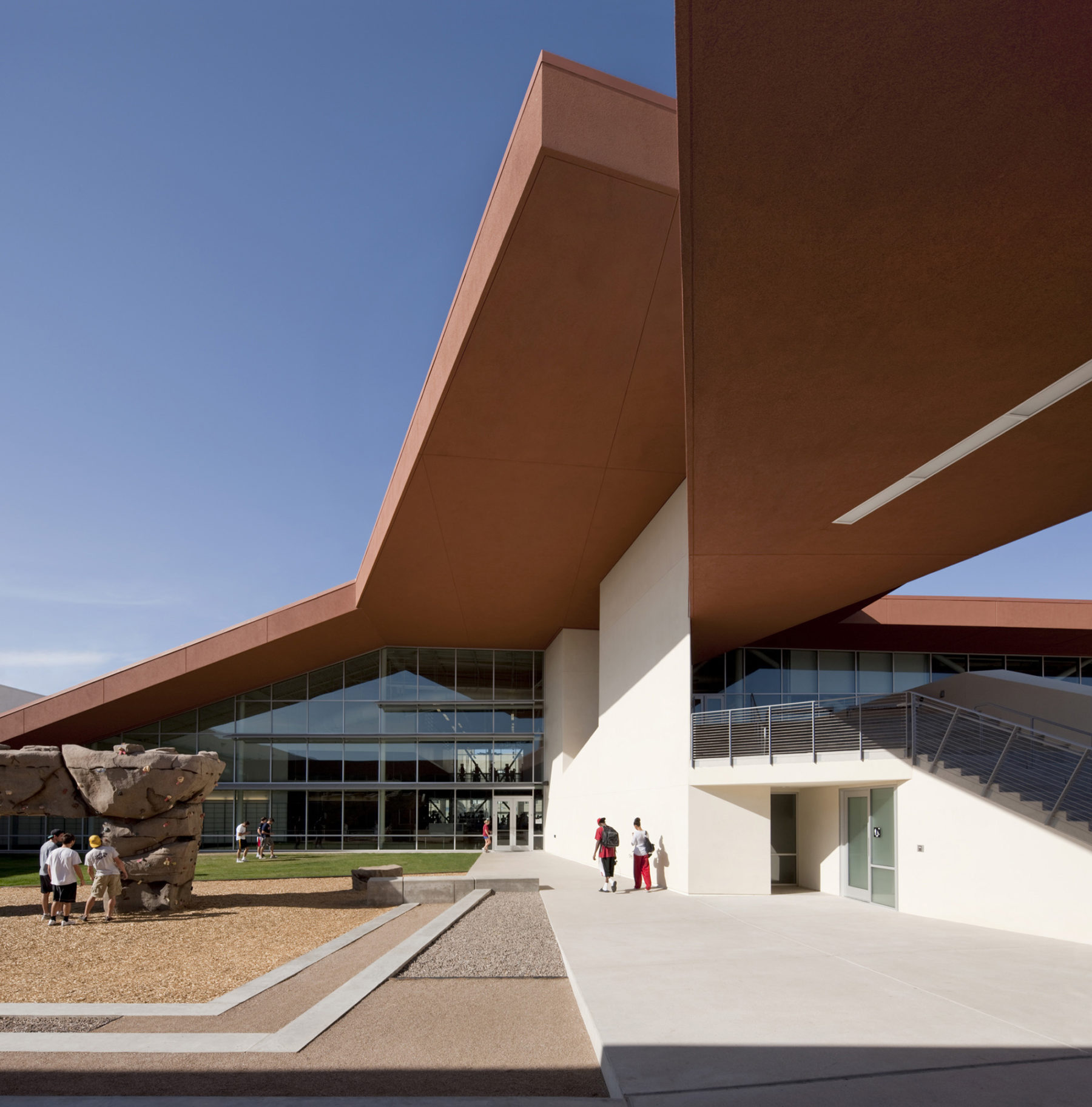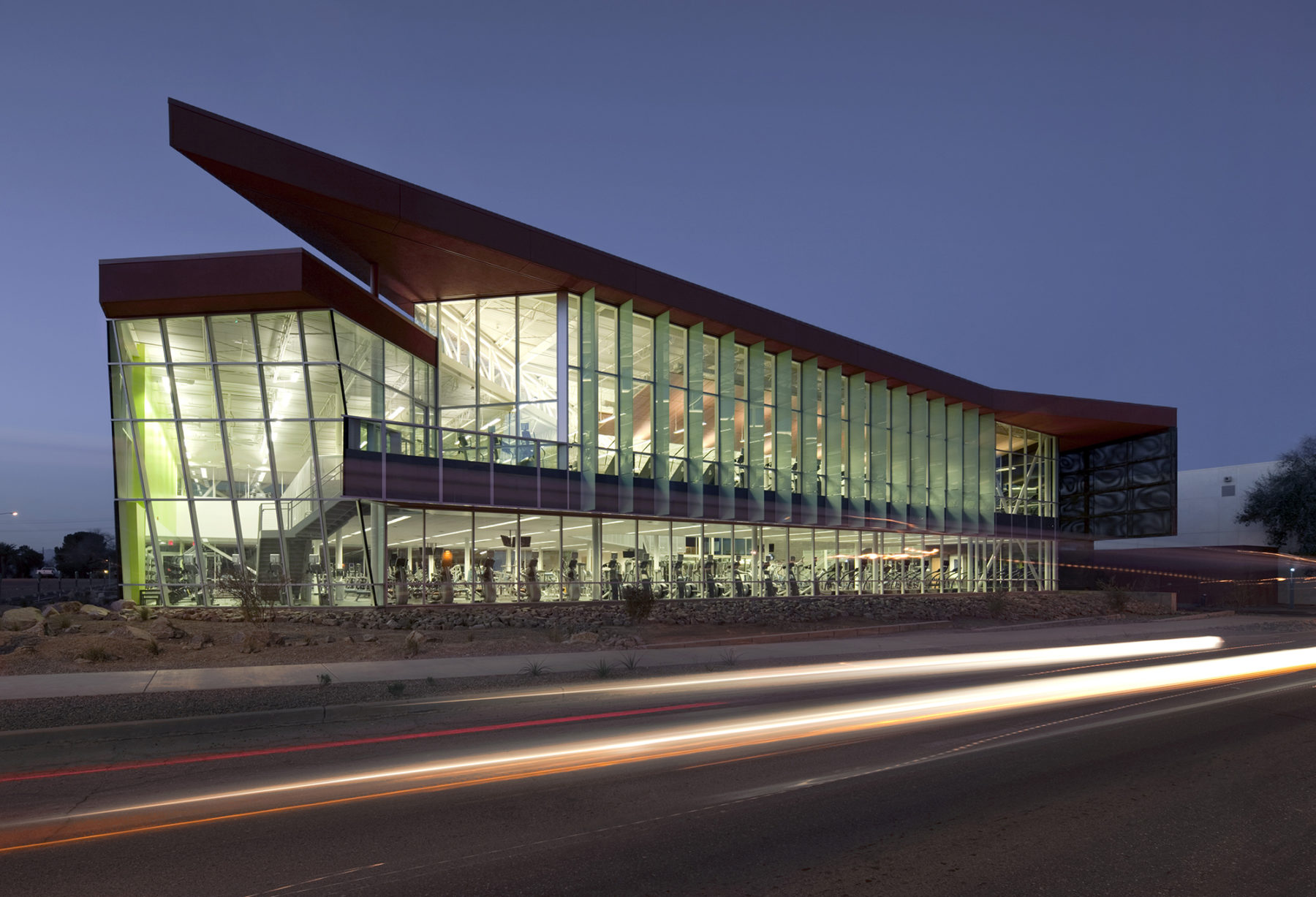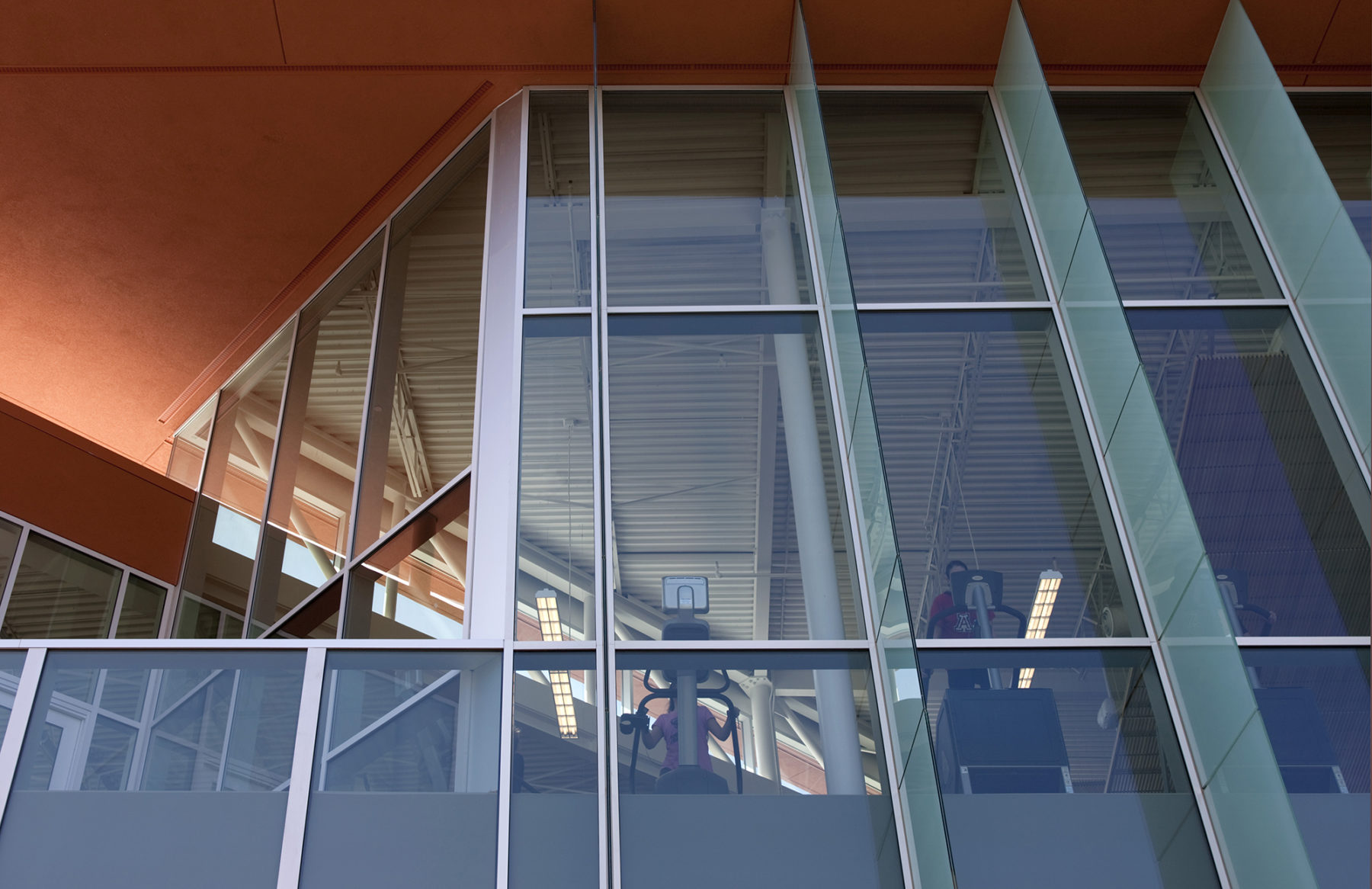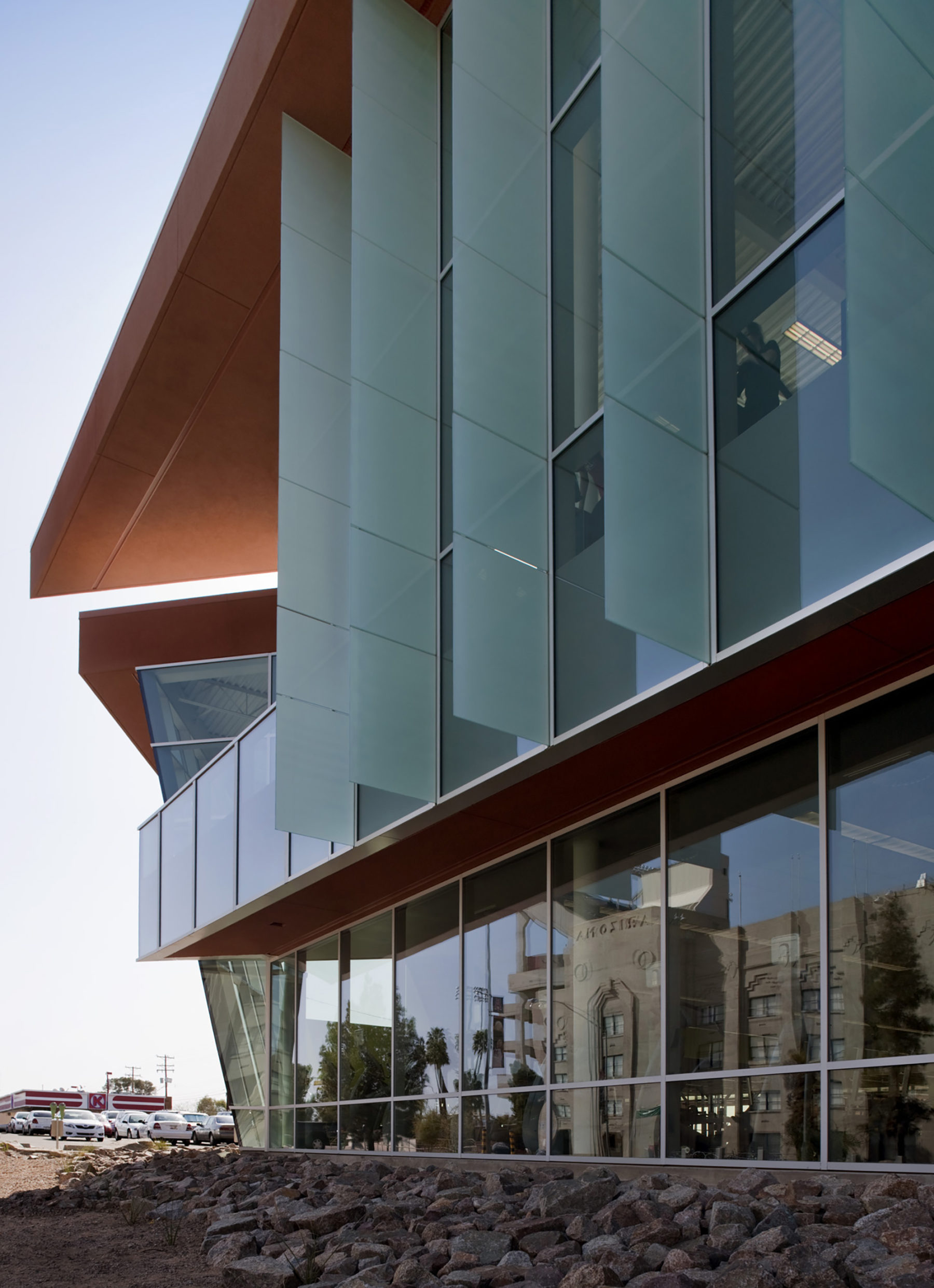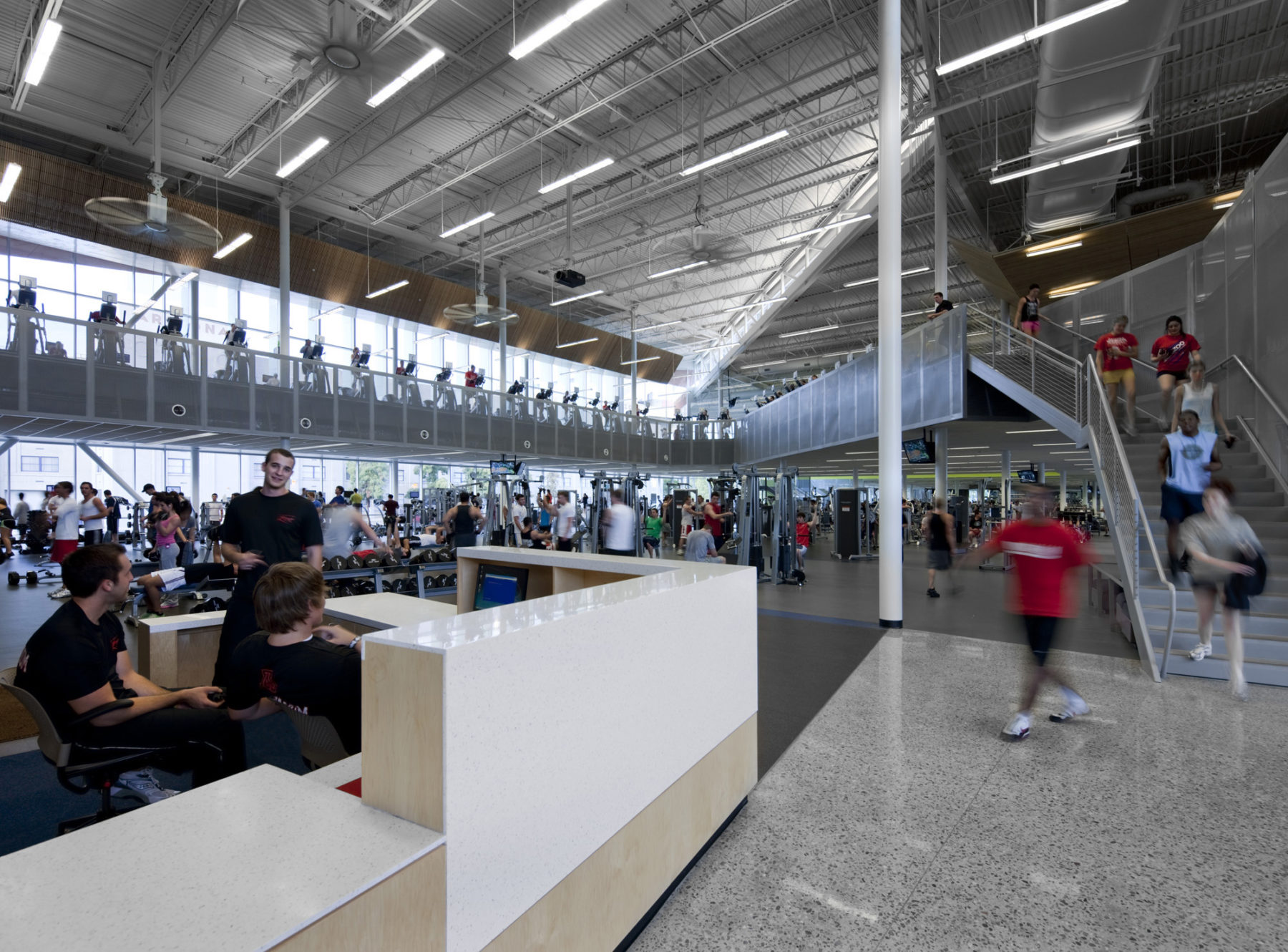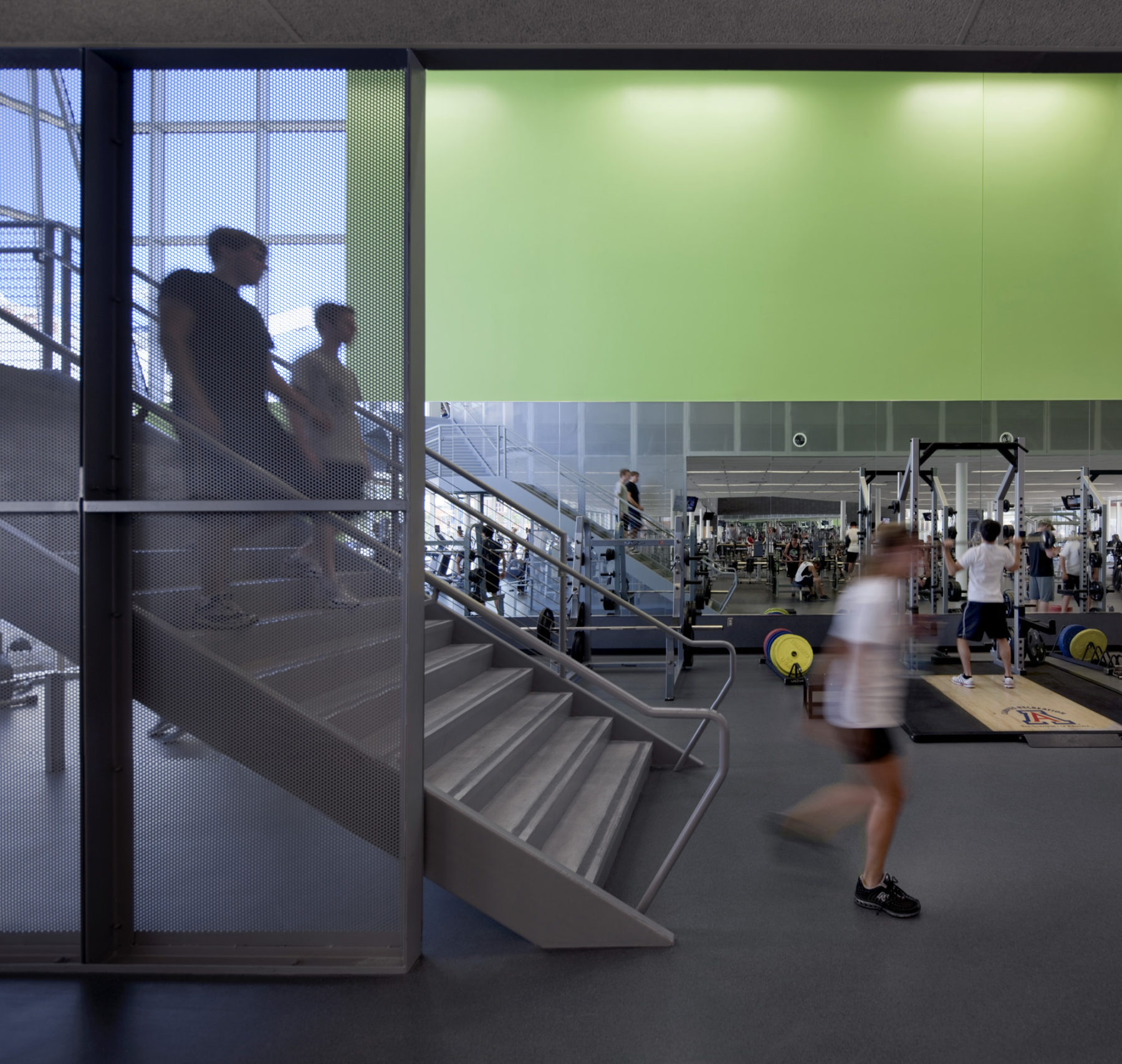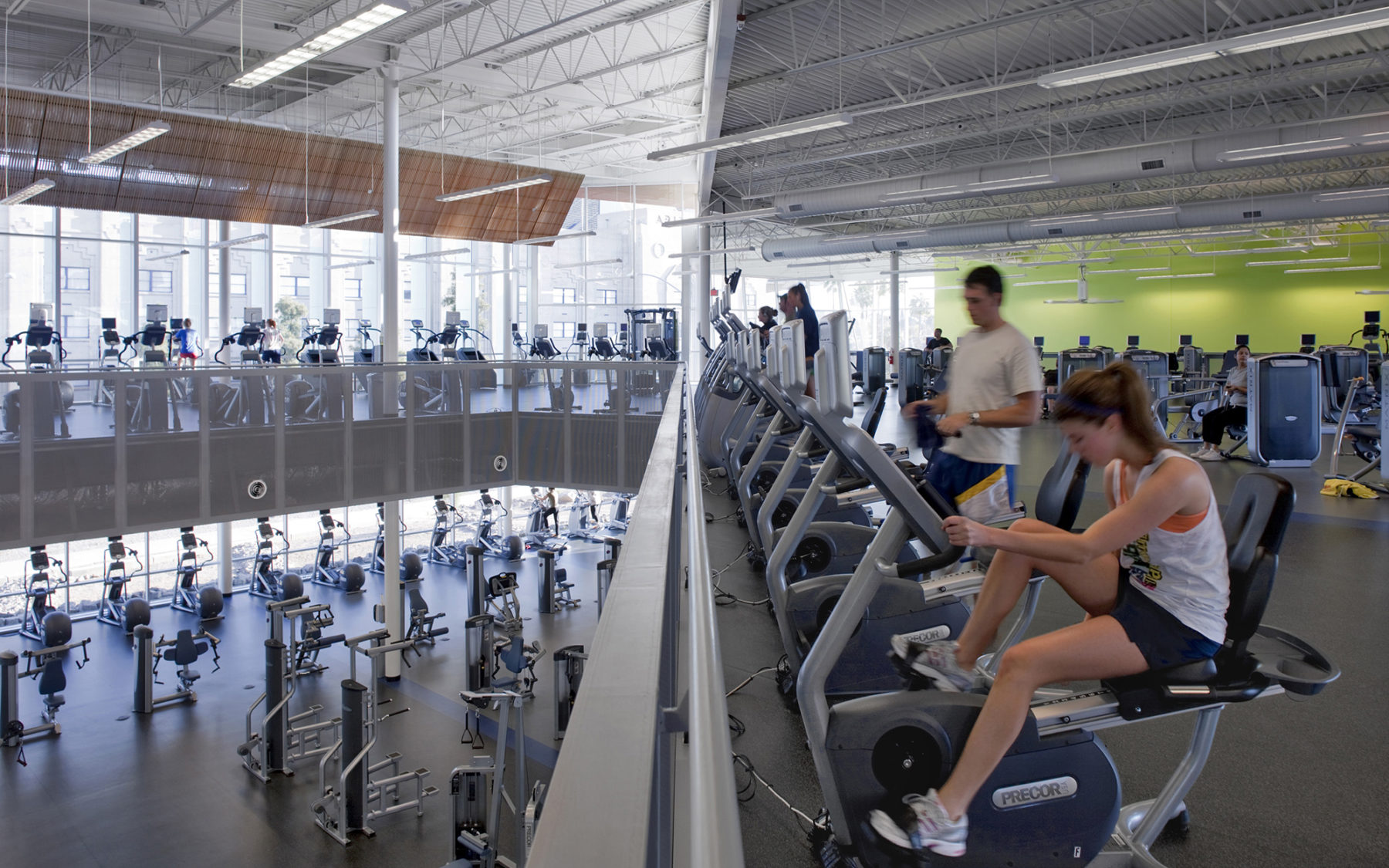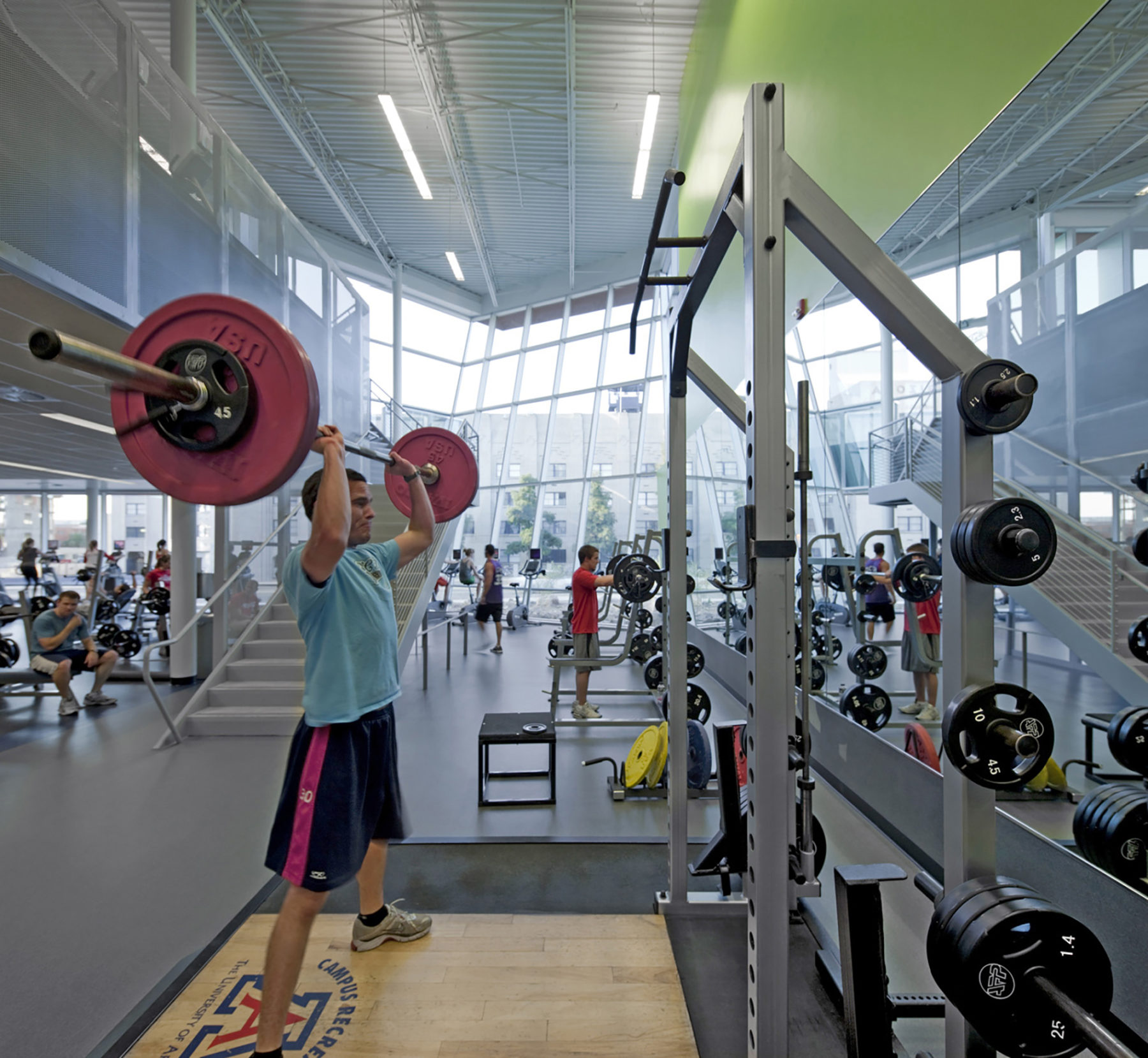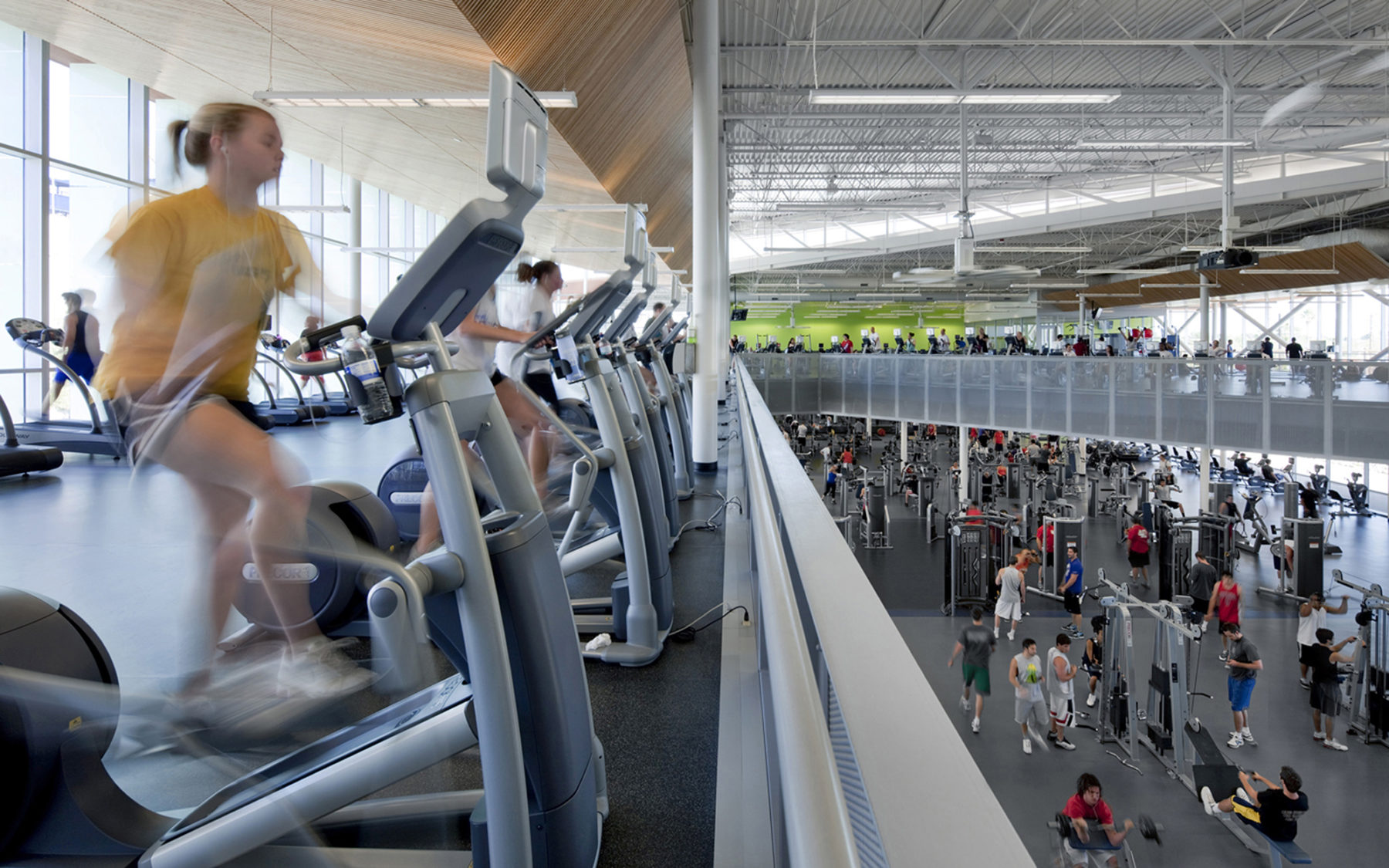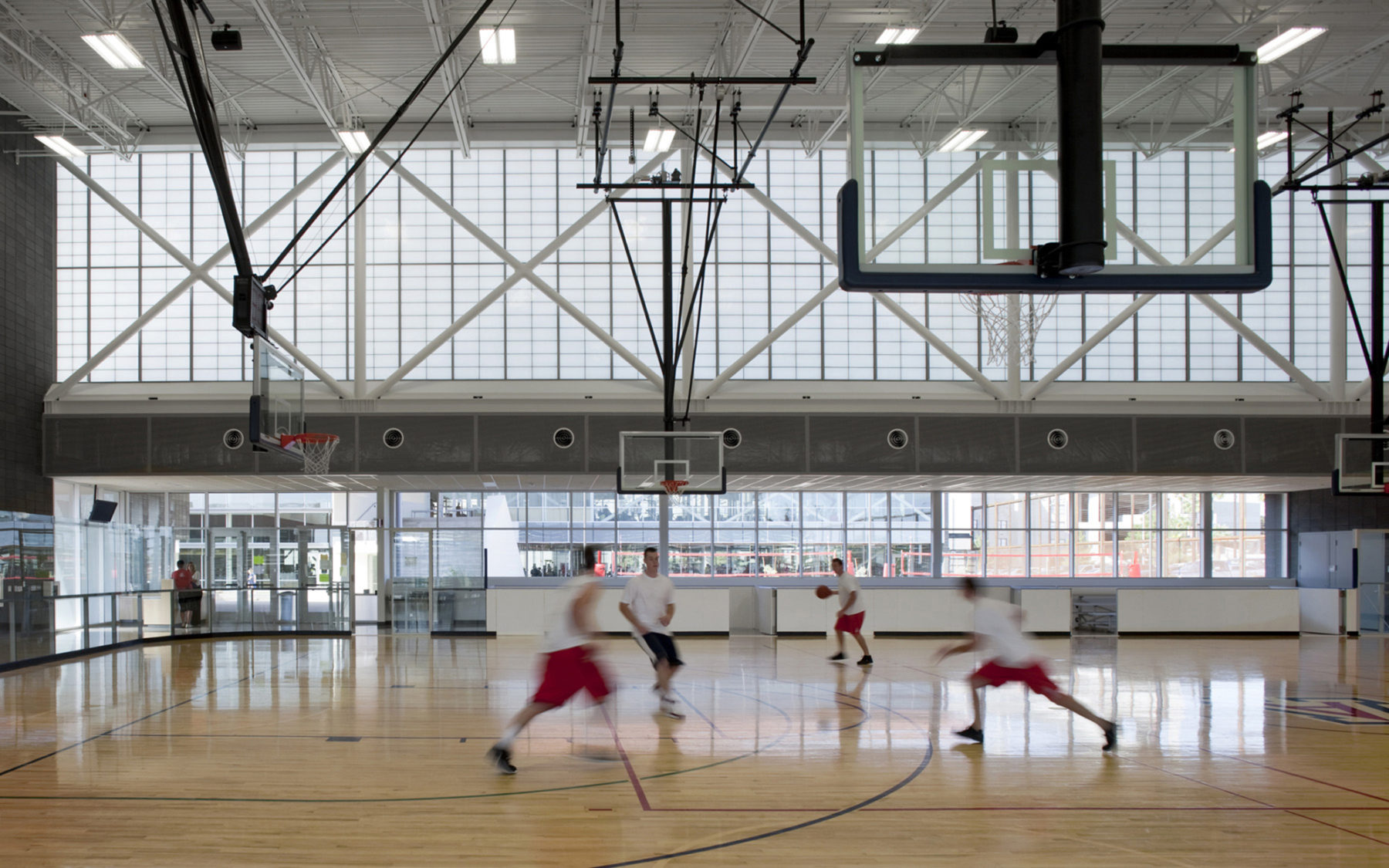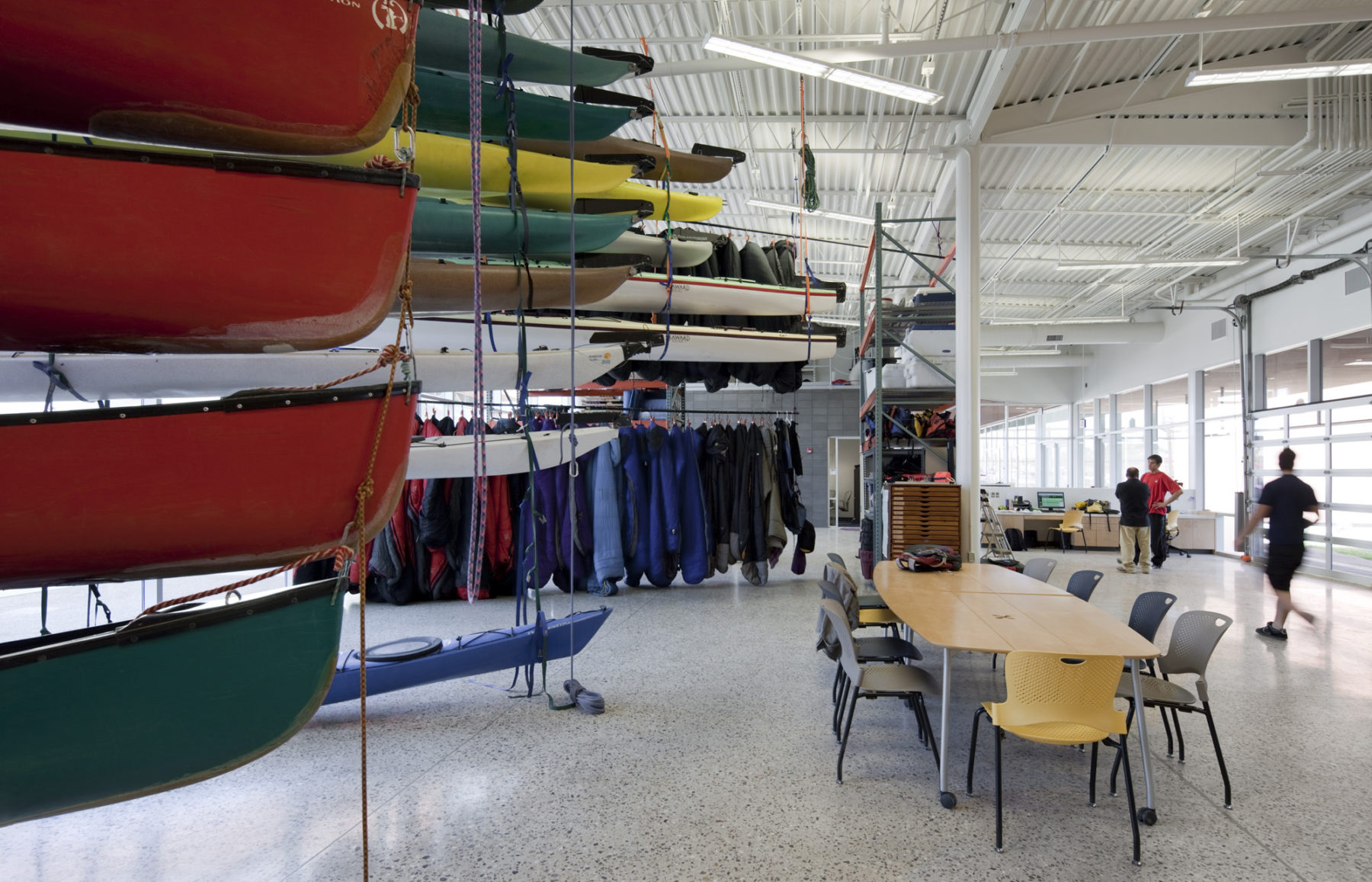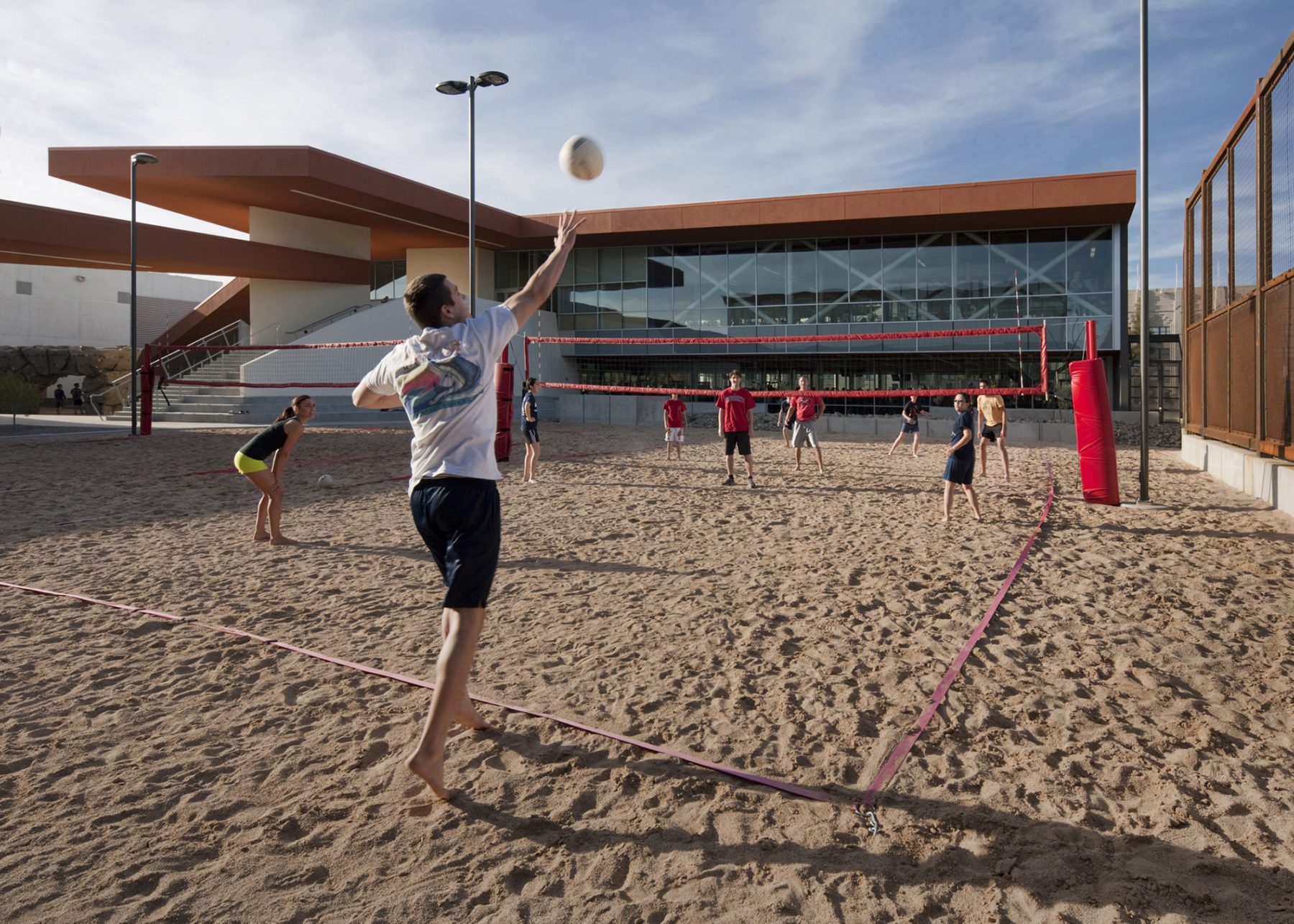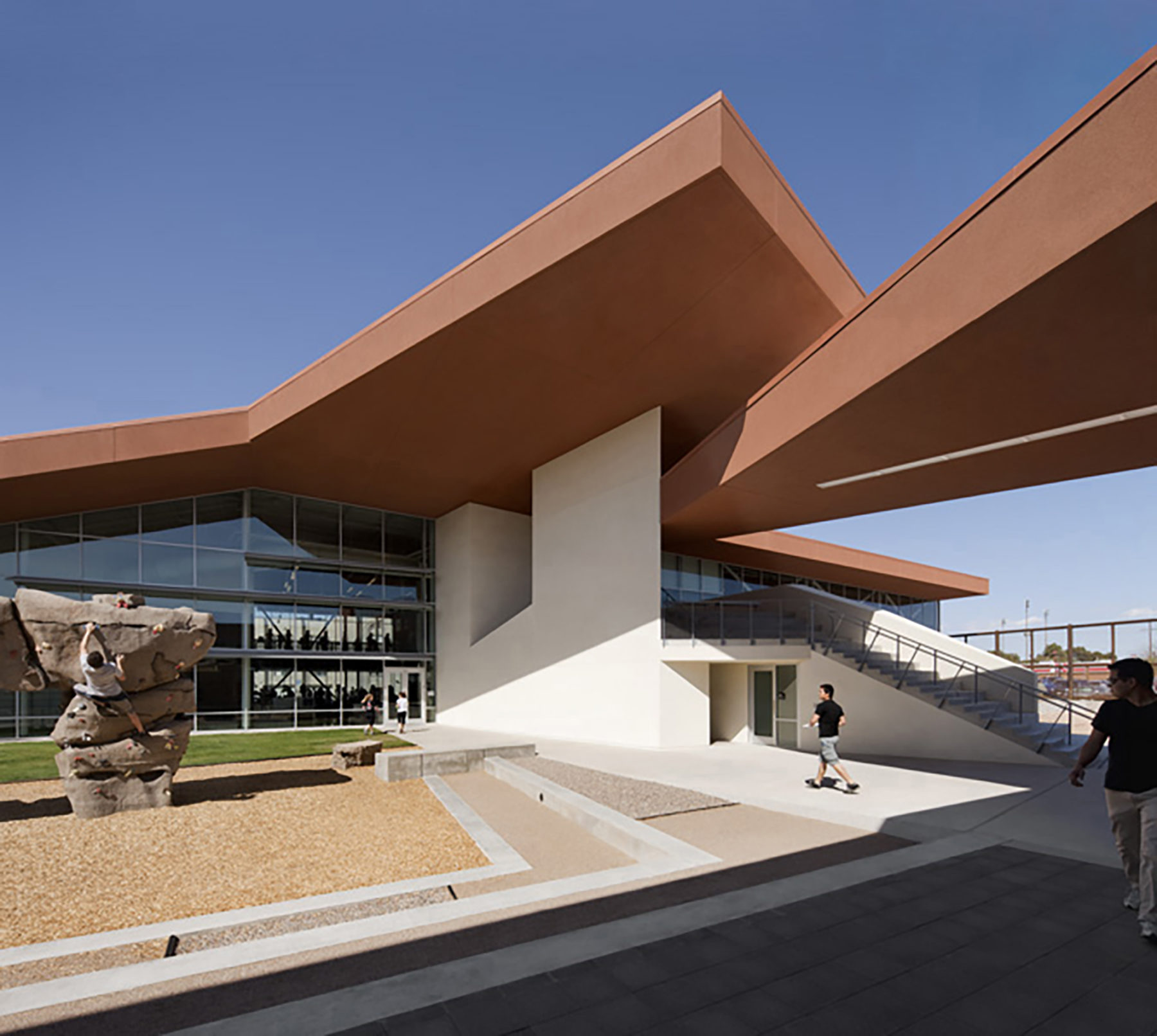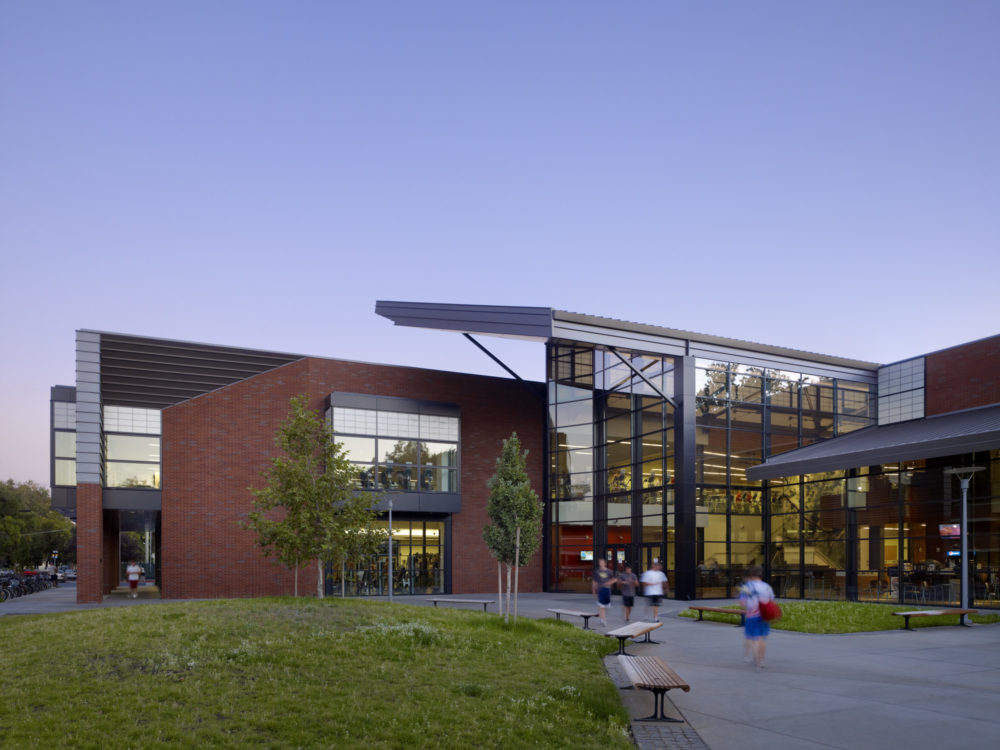
California State University Chico Wildcat Recreation Center
Chico, CA
 Sasaki
Sasaki
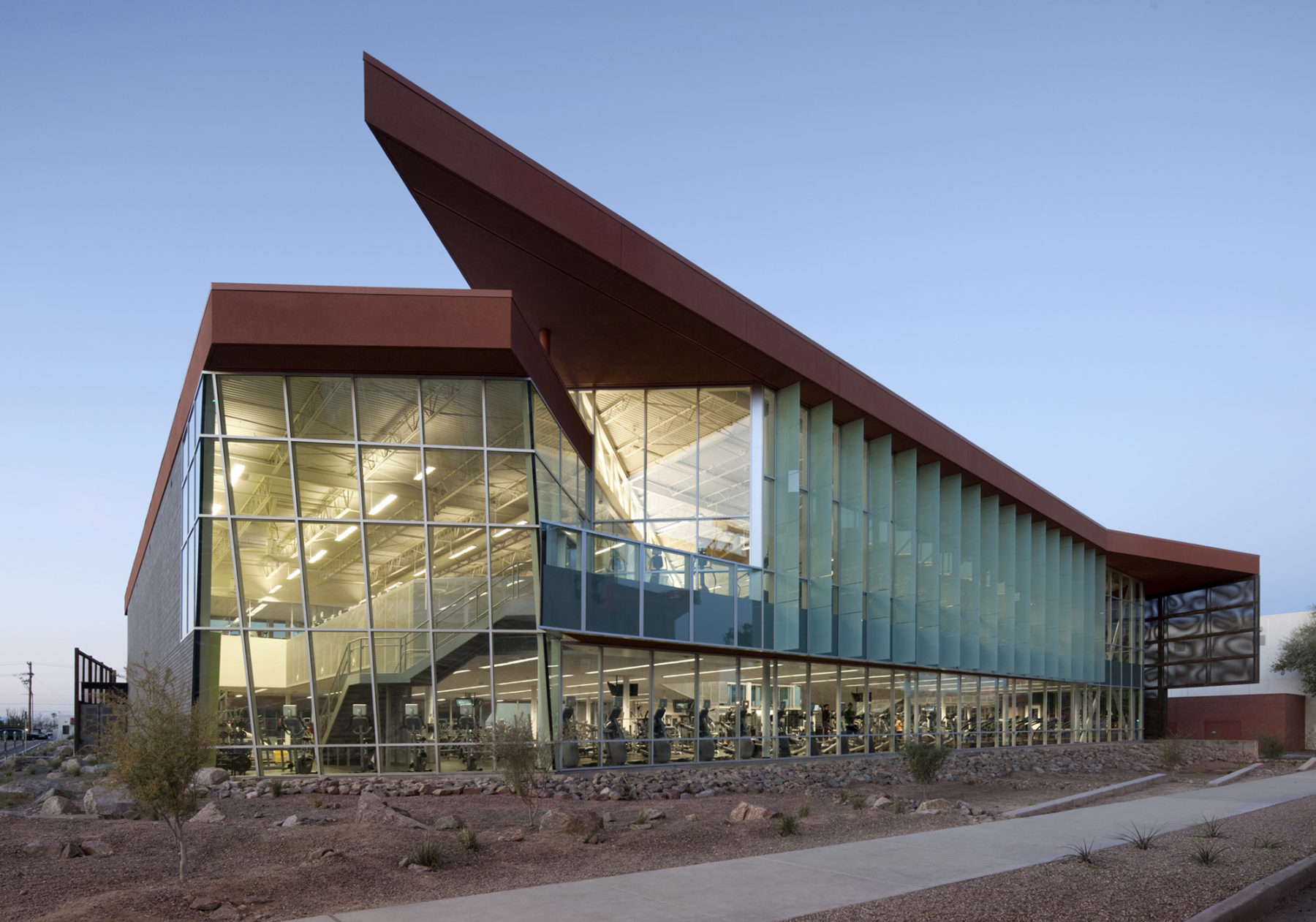
Sasaki’s addition to the student recreation center at the University of Arizona in Tucson cuts an impressive silhouette against the Sonoran Desert landscape. The 54,000-square-foot addition doubles the amount of space for cardio-fitness and strength conditioning and diversifies the center’s recreational program offerings. The structure is a genuine expression of the student body’s commitment to health, wellbeing, and sustainability—inspired and informed by the very people whom the center is intended to engage. Since opening in 2010, participation has increased by 91%, general use of fitness equipment has increased by 150%, wait times have been eliminated, membership has increased by 10.5%, and 10 new programs have been initiated. The building is LEED® Platinum Certified—the first collegiate recreational facility to be designated as such.
The expansion includes a fitness center, cardio mezzanine, and a Multi-use Activity Court (MAC) gymnasium. The design also creates a series of outdoor courtyards which house rock-climbing boulders, sand volleyball courts, and outdoor fitness areas. The building features dramatic views to the exterior, utilizes natural daylight in 99% of all spaces, and introduces improved indoor air quality through additional ventilation. The asymmetric double height space of the fitness room visually connects all main activities within the expansion. Deep overhangs shelter the south-facing glass wall and protect the interior while a skylight grants natural light to the fitness room. Sasaki selected interior materials and finishes to reduce or eliminate volatile organic compounds. As a major hub for student life, the recreation center leverages its most active program elements in the most visible and transparent manners possible—activating the 6th Street corridor with a vibrant student presence.
Originally targeted to be LEED Silver, the design process revealed a pervasive desire on campus to express how achieving sustainability in a desert environment affects the character of a building. The project became a study in balancing transparency and opacity with the unique qualities of the Arizona sun. Water efficiency is of particular concern in Tucson, and water harvesting and storm water management techniques include bioswales, the use of the volleyball court as a percolation bed, and capturing HVAC condensation for irrigation, have been applied. Without affecting the original project budget, Sasaki leveraged smart design, campus contribution, and collaboration to achieve the LEED Platinum Certification.
By reflecting the enthusiasm for wellness and sustainability of today’s University of Arizona students, the recreation center helps ensure that future generations on campus will be just as inclined to embrace health and wellness for themselves and the environment.
